
Sigrún is a valkyrie in Norse mythology. Her story is related in Helgakviða Hundingsbana I and Helgakviða Hundingsbana II, in the Poetic Edda. The original editor annotated that she was Sváfa reborn.

Björn at Haugi, Björn på Håga, Björn II or Bern was, according to Hervarar saga, a Swedish king and the son of Erik Björnsson, and Björn ruled together in diarchy with his brother Anund Uppsale. Björn at Haugi is sometimes identified with the historically attested Björn, a local Swedish ruler mentioned in the 9th-century Vita Ansgarii by Rimbert.
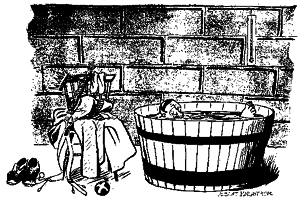
Fjölnir is a legendary king in Norse mythology said to have been the son of Freyr (Frey) and his consort Gerðr (Gertha). The name appears in a variety of forms, including Fiolnir, Fjölner, Fjolner, and Fjolne. He was claimed as the progenitor of the Swedish Yngling dynasty, reigning from Gamla Uppsala. According to the Grottasöngr, Fjölnir lived from the 1st century BC to the early 1st century AD.
Inge the Younger was King of Sweden in c. 1110–c. 1125 and probably the youngest son of king Halsten. According to unreliable traditions, Inge would have ruled together with his brother Philip Halstensson after the death of their uncle, Inge the Elder. In English literature both have also been called Ingold.
Hallstein's sons were Philip and Ingi, and they succeeded to the Kingdom of Sweden after King Ingi the elder.

Hagbard, the brother of Haki and son of Hamund, was a famous Scandinavian sea-king in Norse mythology. He is mentioned in Skáldskaparmál, Ynglinga saga, Nafnaþulur, Völsunga saga and Gesta Danorum. The heroes' connections with other legendary characters place the events in the 5th century AD.

Eiríksmál is a skaldic poem composed c.954 on the behest of the Norwegian queen Gunnhild in honour of her slain consort Erik Bloodaxe. Only the beginning of the poem is extant.
Darraðarljóð is a skaldic poem in Old Norse found in chapter 157 of Njáls saga. The song, which is seen in a vision by a man named Dorrud, the song consists of 11 stanzas, and within it twelve valkyries weave and choose who is to be slain at the Battle of Clontarf. Their loom uses human entrails as warp and woof, swords as treadles, an arrow as the batten and men's heads as weights. Of the twelve valkyries weaving, six of their names are given: Hildr, Hjörþrimul, Sanngriðr, Svipul, Guðr, and Göndul. Stanza 9 of the song reads:

Húsdrápa is a skaldic poem partially preserved in the Prose Edda where disjoint stanzas of it are quoted. It is attributed to the skald Úlfr Uggason. The poem describes mythological scenes carved on kitchen panels. In the stanzas that have come down to us three such scenes are described.
Vǫlsa þáttr is a short story which is only extant in the Flateyjarbók codex, where it is found in a chapter of Óláfs saga helga. It is probably from the fourteenth century but takes place in 1029, when Scandinavia was still largely pagan, and it appears to preserve traditions of a pagan phallos cult, the vǫlsi.
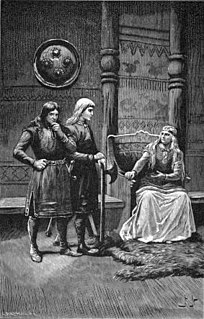
Guðrúnarhvöt is one of the heroic poems of the Poetic Edda. Gudrun had been married to the hero Sigurd and with him she had the daughter Svanhild. Svanhild had married the Gothic king Ermanaric (Jörmunrekkr), but betrayed him with the king's son, Randver. Furious Ermanaric hanged his own son and had Svanhild trampled to death by horses.
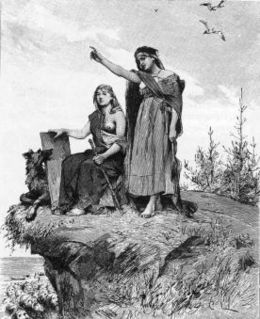
Galdr is one Old Norse word for "spell, incantation"; these were usually performed in combination with certain rites. It was mastered by both women and men. Some scholars have assumed they chanted it in falsetto.

Hákonar saga Hákonarsonar or Hákonar saga gamla is an Old Norse Kings' Saga, telling the story of the life and reign of King Haakon Haakonarson of Norway.
Helgi Haddingjaskati was a legendary Norse hero of whom only fragmentary accounts survive.
Dúrnir was a dwarf who appears in three Old Norse skaldic poems, which suggests that he once was a well-known dwarf in Norse mythology.
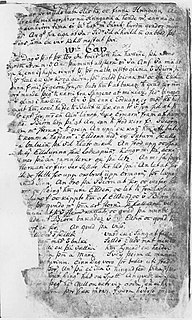
Áns saga bogsveigis, the saga of Án the bow-bender, is one of the legendary sagas called the Hrafnistumannasögur surrounding the relatives of Ketil Trout. It concerns a feud between An the Bow-bender and Ingjald, king of Namdalen.
Hálfdanar saga Brönufóstra c. 1300 is a legendary saga about Halfdan the son of the legendary king Hringr of Denmark.
Frá Fornjóti ok hans ættmönnum is legendary saga consisting of a collection of three works on the foundation of Norway:

Sörla saga sterka is a legendary saga which was written in the 14th or 15th century.
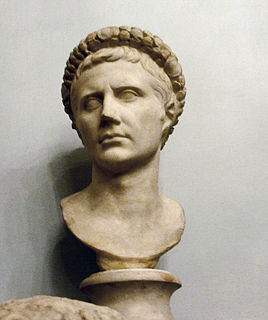
Kjárr, or Kíarr, is a figure of Germanic heroic legend that is believed to be the reflection of the Roman Emperors. In Old Norse sources, he appears as a king of the Valir who were the people of Valland.
Niflhel is a location in Norse mythology which appears in the eddic poems Vafþrúðnismál and Baldrs draumar, and also in Snorri Sturluson's Gylfaginning. According to Snorri Sturluson's work, Niflhel could be interpreted as the lowest level of Hel, but Niflhel and sometimes Hel are conflated with the concept of Niflheim, a term which originates with Sturluson.